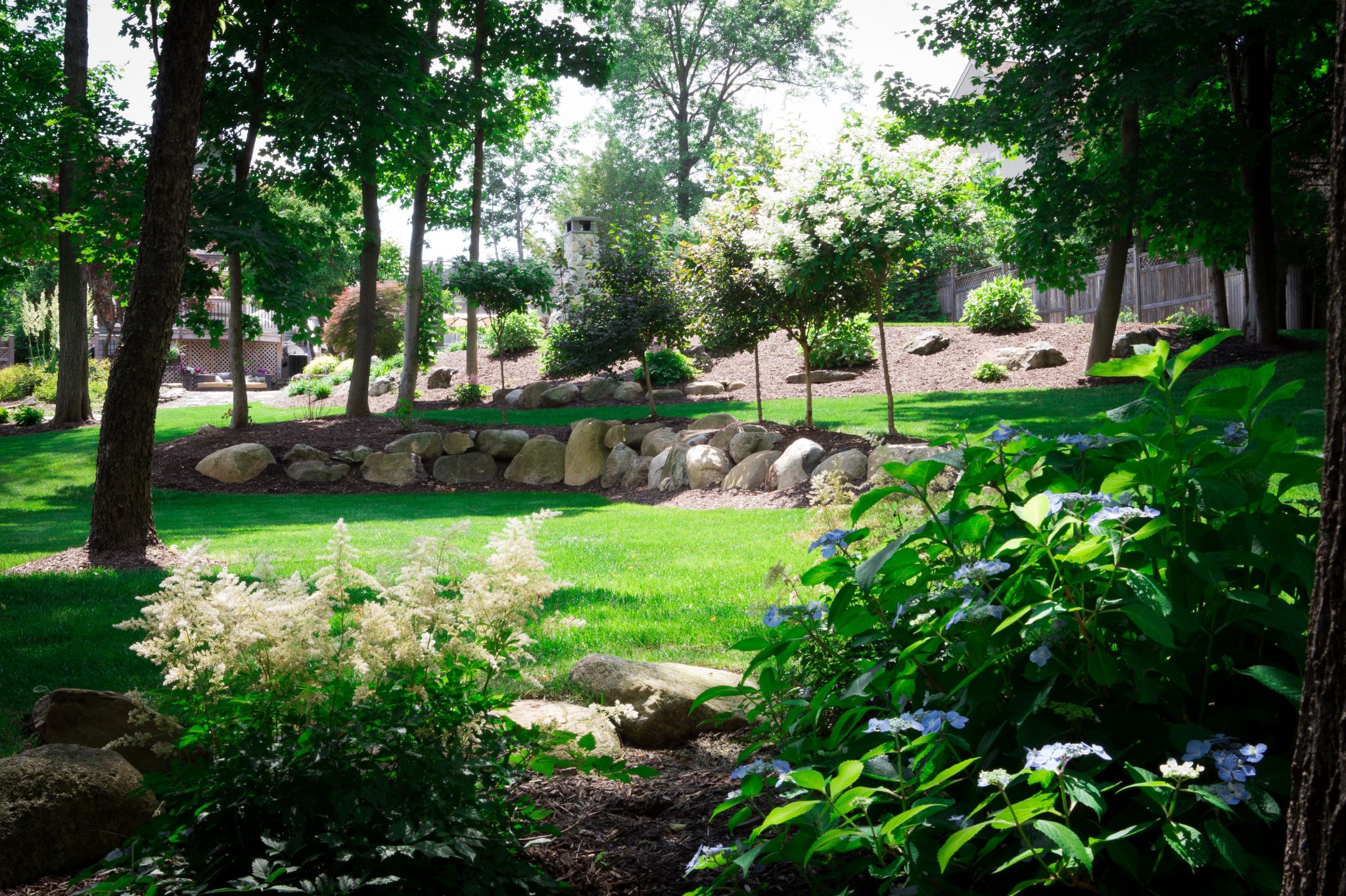 What do you do before you go outdoors when the weather gets cold? Put on a jacket! Unfortunately, plants cannot throw on a jacket, so they need protection from the elements to survive the long winter. Plants are sensitive to heat and cold, just as humans are, and they require oxygen to live. Oxygen becomes harder to find and use in the winter because the weather is cold and the oxygen gets compressed. Fortunately, there is plenty you can do to give your plants a fighting chance.
What do you do before you go outdoors when the weather gets cold? Put on a jacket! Unfortunately, plants cannot throw on a jacket, so they need protection from the elements to survive the long winter. Plants are sensitive to heat and cold, just as humans are, and they require oxygen to live. Oxygen becomes harder to find and use in the winter because the weather is cold and the oxygen gets compressed. Fortunately, there is plenty you can do to give your plants a fighting chance.
1. Apply Mulch around Plants
Apply a layer of mulch around plants and flowers to act as an insulator and provide protection from the elements. Mulch also helps the plants grow, which you’ll appreciate come next spring. The layer of mulch should be thick, but not too thick.
2. Cover Plants with Towels
Many plants and most flowers will die once they come into contact with frost. To protect your plant from frost, cover the leaves with a towel or sheet. It’s best to keep the towel off the plant, so use stakes or support poles to keep the towel raised.
3. Wrap Hedges and Shrubs in Burlap
Burlap is easy to find and inexpensive, and it prevents weed growth and keeps plants protected. As with the towels, you’ll want to keep the burlap raised, so use stakes or support poles around the hedges and shrubs to provide maximum airflow.
4. Keep Potted Plants Protected at Night
Potted plants are well insulated in their pots, so simply scooting them into the garage or under a covered eave is sufficient enough.
5. Use Outdoor Heat Lamps for Sensitive Plants
If you have young, fruit-bearing trees or particularly sensitive plants, invest in an outdoor heat lamp to provide warmth. As the trees become mature, you may not need to continue using the lamps.
6. Protect against Insects
Even though it’s winter, insects are still busy laying their eggs, and you don’t want your plants to become vulnerable. Spray trees and plants with a horticultural oil to prevent egg production and limit the infestation for the spring.

